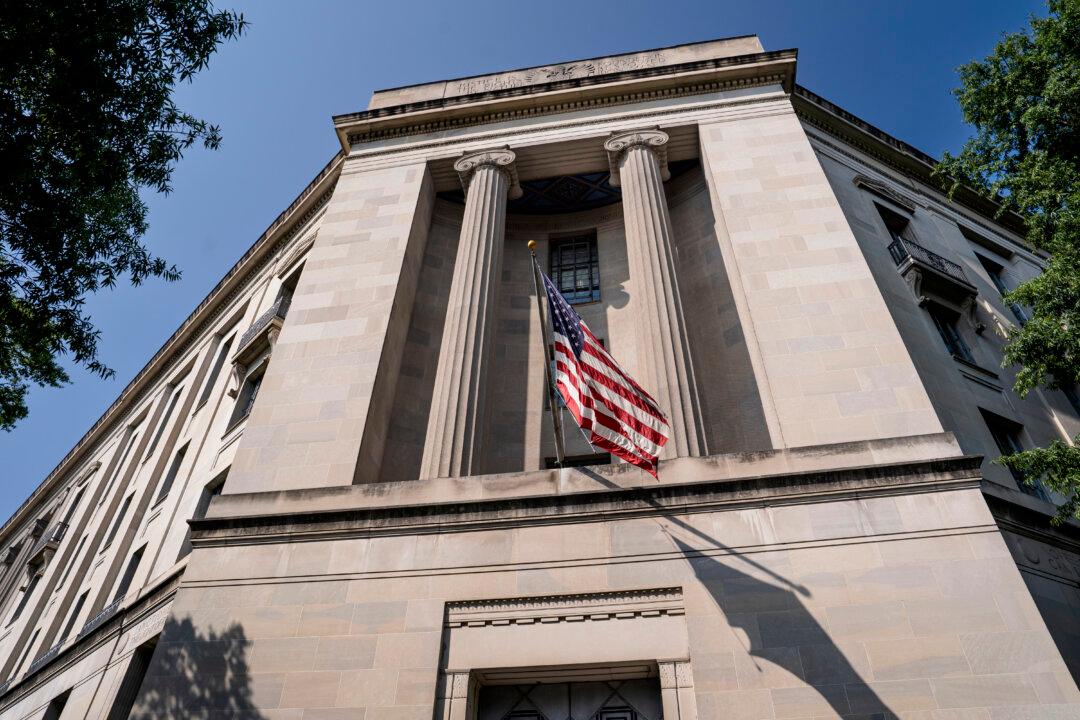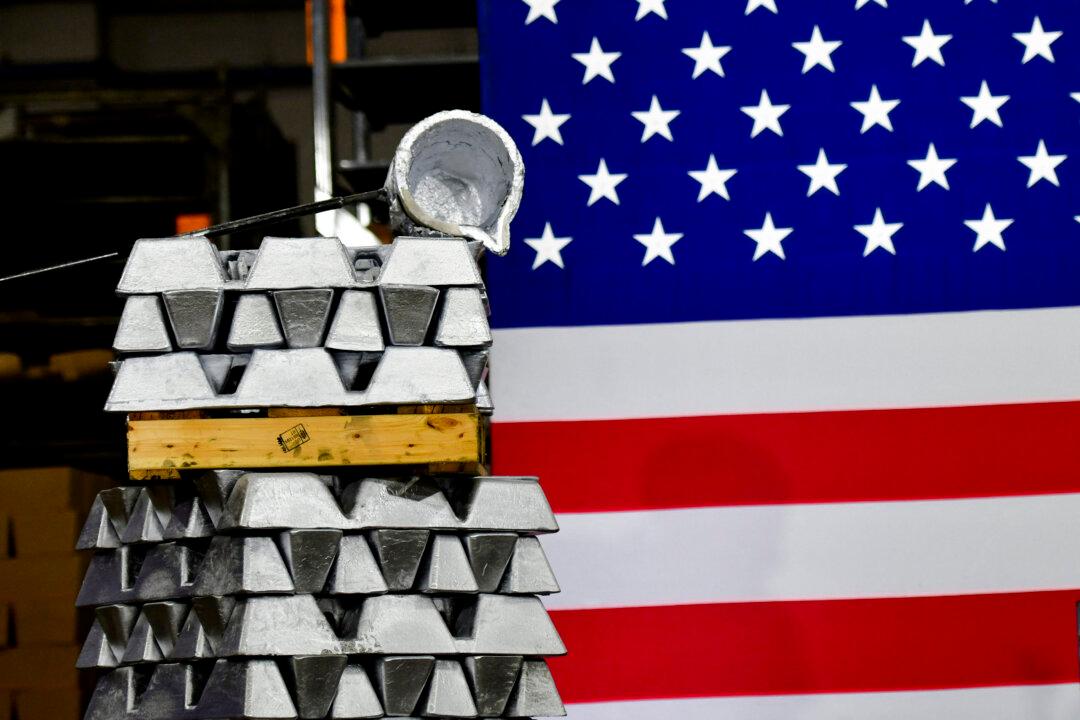Spending stayed resilient last month as American consumers—especially wealthier households—continued to buy.
U.S. consumer spending continued to show resilience in March, bolstered by higher-income households and targeted spending ahead of possible price hikes linked to the Trump administration’s tariff policies, according to the latest data from Bank of America.
In its April 10 “Consumer Checkpoint”
report, Bank of America said that card spending per household rose 1.1 percent year-over-year and 0.2 percent month-over-month in March, signaling moderate but steady growth. Consumer spending accounts for roughly two-thirds of U.S. economic output, with markets attuned to any signs of weakness.
The spending strength was most pronounced among higher-income households, who continued to benefit from stronger after-tax wage and salary gains. In contrast, wage growth among lower-income Americans slowed to its lowest level since 2017, based on Bank of America’s internal deposit data.
Tax refunds provided a modest spending boost, especially for middle- and lower-income households. The broader picture, however, suggests that many consumers are adjusting their habits in anticipation of inflation tied to new import tariffs.
According to Bank of America Global Research, if the tariffs that were imposed as of April 3 remain in place, inflation could rise by 1 to 1.5 percentage points over time. Nearly half of all manufactured goods purchased in the United States rely on imported components, making many products vulnerable to rising costs, the report stated.
Durable goods purchases—such as auto parts, electronics, and building materials—saw a notable jump in March, with vehicle loan applications surging 23 percent year-over-year following President Donald Trump’s announcement of tariffs on automobiles and parts, which
took effect on April 2. However, Bank of America found little increase in high-value durable transactions overall, suggesting that much of the uptick may be temporary.
“If there is buying of durables and vehicles ahead of tariffs, this may be temporary, leading to a drop back in spending in these categories in due course,” Bank of America analysts wrote. “Were this to happen, the underlying momentum in consumer spending would likely become more dependent on services spending rather than goods.”
While spending on essentials like rent, insurance, and utilities continued to increase steadily, there were signs of a slowdown in discretionary service categories such as travel, dining, and leisure. This shift could indicate that consumers are beginning to cut back on non-essentials because of cost-of-living pressures and fading sentiment.
Consumer confidence surged in the wake of the November election, fueled by expectations that the Trump administration’s pro-business policies would be good for growth. However, sentiment
has slumped in recent months while future inflation expectations have soared, with many consumers citing uncertainty around tariff policies.
The University of Michigan’s March Consumer Sentiment Index, for example, recently reported that the one- and five-year inflation expectations rose to 5 percent and 4.1 percent, respectively. The New York Federal Reserve’s
latest inflation expectation figures were lower—3.1 percent at the one-year horizon and 3.0 percent at both the three-year and five-year outlooks.
Treasury Secretary Scott Bessent
recently noted that classical economic models suggest that each 10 percent tranche of new tariffs could result in a one-time 2 percent rise in consumer prices, although he noted that real-world effects may be more modest. For example, tariffs imposed on China during Trump’s first term, which averaged around 20 percent, ultimately increased U.S. consumer prices by 0.7 percent, according to one study he cited.
In March, falling energy costs helped ease inflationary pressures, with the annual inflation rate
dropping to 2.4 percent, its lowest in six months. The consumer price index (CPI) even posted a surprise 0.1 percent decline on a monthly basis. Still, core inflation remained elevated at 2.8 percent, and the Federal Reserve has signaled that tariffs are contributing to higher price levels. Fed Chair Jerome Powell
has warned that continued progress on inflation may stall in the months ahead, citing tariffs as “highly likely” to fuel “at least a temporary rise in inflation.”
Trump’s April 2 declaration of an economic emergency introduced a 10 percent blanket tariff on nearly all imports, alongside steeper duties on 60 countries identified as “worst offenders” in trade imbalances. China topped the list, prompting retaliatory action and leading Trump to
escalate tariffs on Chinese goods to 145 percent.
According to Bessent, revenue from the tariffs will fund a slate of relief measures for working-class Americans, including eliminating taxes on tips, overtime pay, and Social Security benefits, and making interest on U.S.-made auto loans tax-deductible.
“Think what the president is doing here,” Bessent said. “He is backing into an affordability solution for the bottom 50 percent of wage earners because they’re the ones who will benefit from all four of those programs.”
Bessent estimated that the annual revenue from the full slate of Trump’s tariffs could eventually reach $300 billion to $600 billion.







